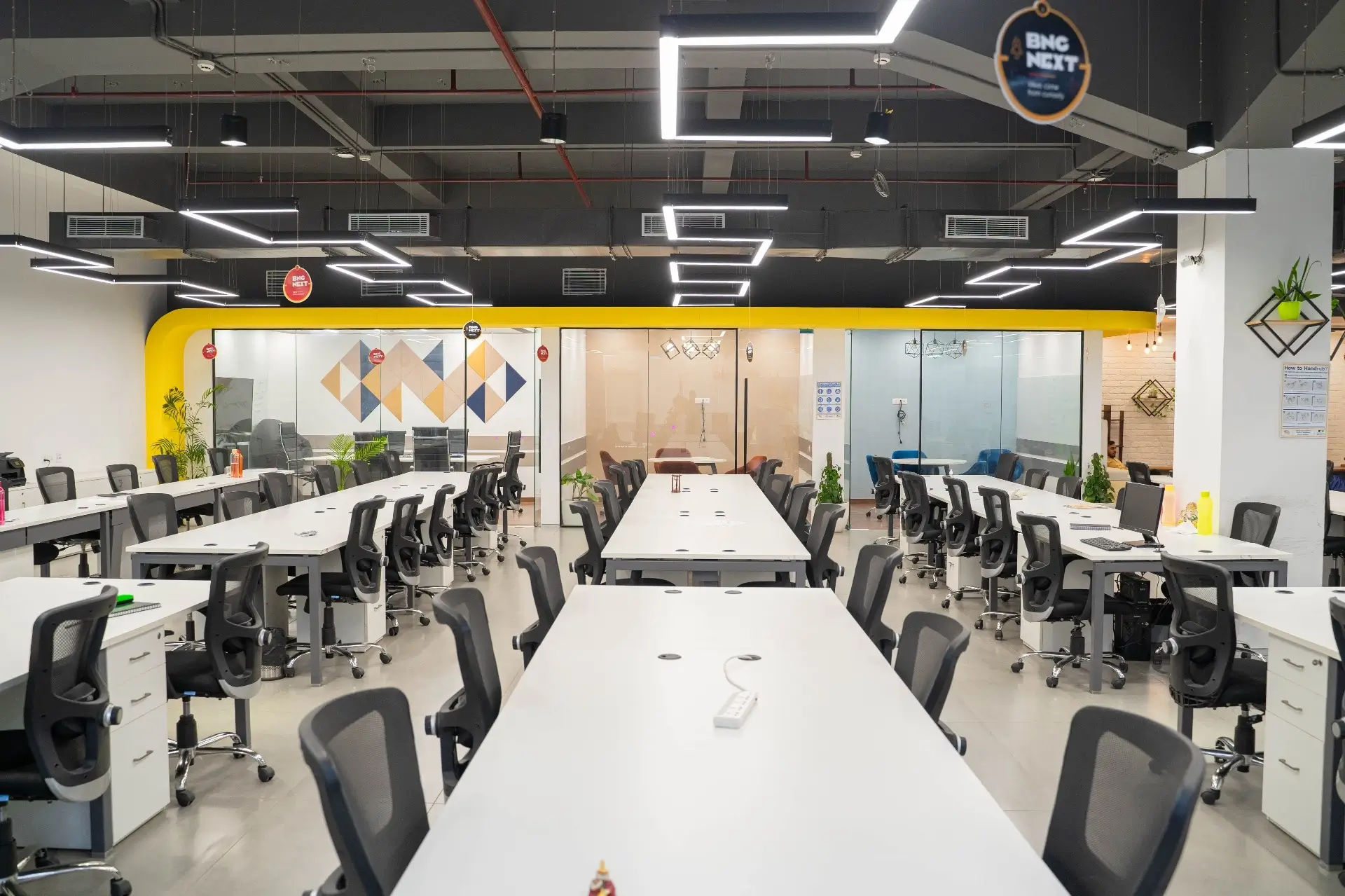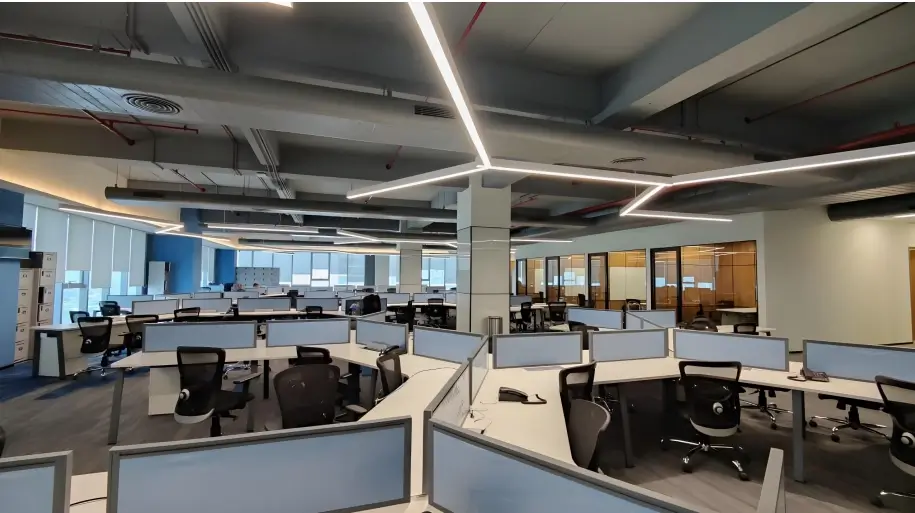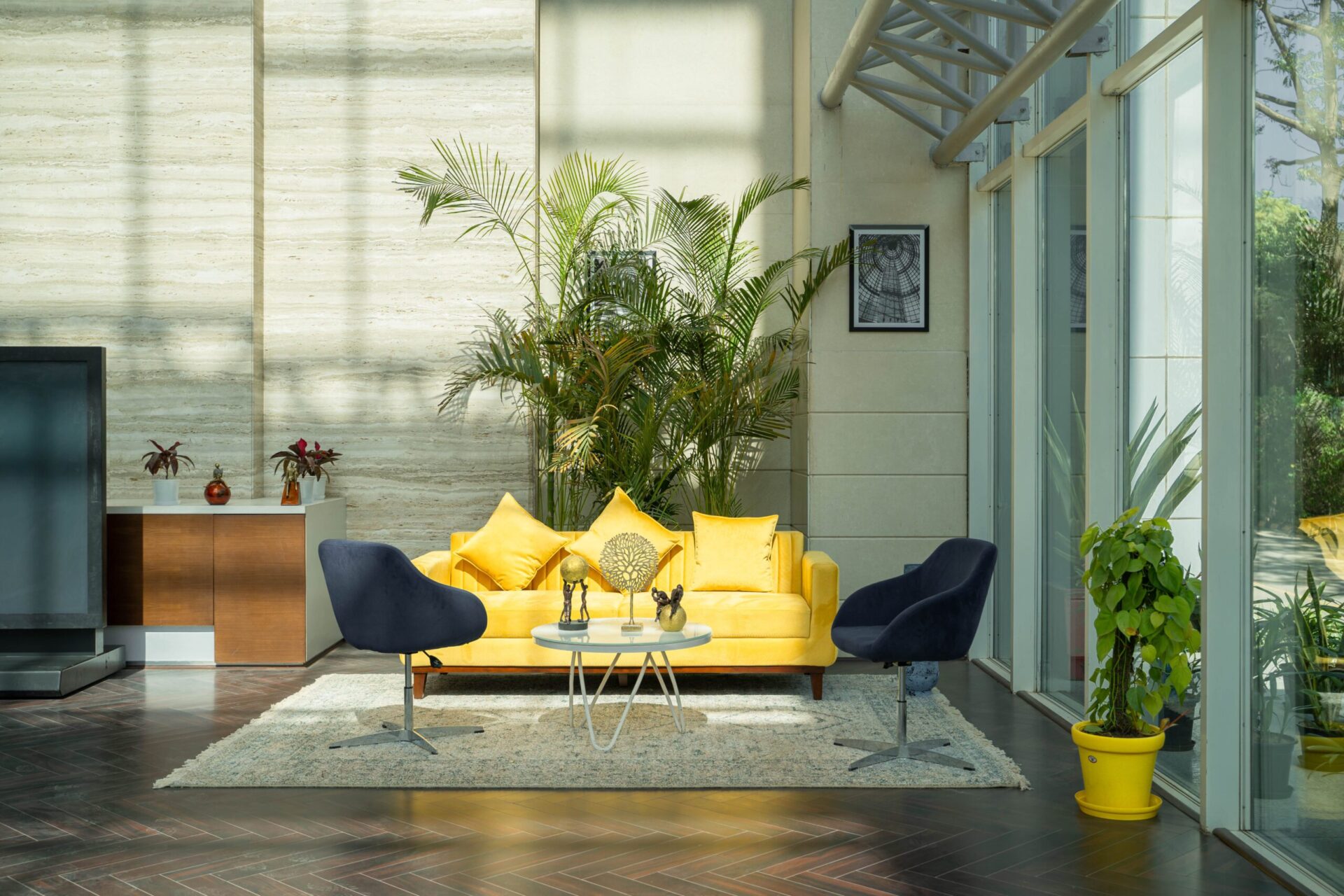Introduction: Why Small Is the New Smart
In bustling commercial centers such as Delhi NCR, Bengaluru and Mumbai, escalating rental costs coupled with intense competition for leading tech professionals now present significant obstacles for ambitious, expanding businesses. Start-ups, boutique consultancies, even satellite teams for global giants are cramming world-class ambitions into compact floorplates. The question isn’t how much space you have—it’s how ingeniously you use it. Today’s smartest offices treat every square foot like prime beachfront property: multifunctional by day, brand showpiece by client hour, cosy den for heads-down sprints when the clock strikes deadline.
Below is a deep dive into layout tactics, furniture hacks, tech tricks, and aesthetic principles that squeeze value—productivity, well-being, wow factor—out of the tightest footprints.
1. Start with “Activity-Based Zoning,” Not Headcount
Plot tasks first, desks second. Map how your team actually works: daily stand-ups, focus bursts, informal brainstorms. Even in 1,000 sq ft you can carve micro-zones: a four-seat huddle bay, two phone pods, six hot-desks, and a perch bar against the window for laptop nomads.
Quick win: Reclaim under-used corridors by expanding desks into L-shapes only where circulation permits 900 mm clearance; code requires it, but anything beyond is wasted.

2. Embrace Modular, Foldable, and Storable Everything
- Flip-top tables on casters wheel from training room to boardroom in minutes.
- Nestable chairs tuck 20-deep against a single wall.
- Fold-down benches hinge out of storage cabinets—hello, pop-up workshop.
Don’t upgrade your lease—upgrade your layout. Transform Your Workspace with Custom Interiors and discover space-saving solutions tailored to your needs.
3. Think Vertical: Walls, Ceilings, and the Fifth Dimension
Wall real estate is your silent MVP. Floor-to-ceiling shelving, peg-boards for equipment, and rail-mounted acoustic panels perform triple duty—storage, branding canvas, sound dampener. Ceiling suspension grids hold plants, task lights, even lightweight lockers, liberating floor area for people, not paraphernalia.
External insight: Steelcase research shows that integrating overhead storage can free up to 15 % floor space in footprints under 2,000 sq ft—proof that “up” is the new “out.” [Steelcase]
4. Multi-Purpose Furniture = Square-Foot ROI
A single piece should earn its keep three ways: seating, storage, style. Examples:
- Ottoman cubes conceal filing trays and stack into ad-hoc stadium seating.
- Sit-stand tables morph from focus desk to collaboration island just by cranking a lever.
- Planter-slash-divider units add greenery while zoning sightlines.
5. Sliding, Nesting, Pocketing Partitions
Glass pocket doors slide into walls; magnetic whiteboards glide on ceiling tracks; fabric curtains ripple closed for privacy. Zero swing radius = zero wasted sliver zones behind doors. Pocket systems cost more upfront but eliminate need for separate enclosed rooms.
6. Biophilic Design for Compact Offices
Plants aren’t just décor—they’re productivity tech. Vertical moss panels absorb sound, succulents thrive on ledges, and tabletop hydroponic herbs freshen air. Even a two-metre living wall can drop ambient noise by 3 dB and bump perceived well-being.
External reference: A Harvard study linked small-office greenery to a 26 % jump in cognitive scores among knowledge workers [Harvard T.H. Chan School of Public Health], underscoring ROI beyond aesthetics.

7. Lighting & Colour Tricks That “Expand” Space
- Indirect cove lighting bounces beams off white ceilings, visually lifting height.
- 160–200 lux ambient + 500 lux task lamps keep eyes happy without glare.
- Cool neutrals for walls, warm accent splashes create depth illusion—the same psychology retailers use in tight boutiques.
8. Acoustics: The Silent Space Hog
Sound spill triggers “headphone islands” that waste seats. Counter with:
- PET-felt ceiling baffles; they weigh little, install fast, and recycle plastic bottles.
- Desk-edge acoustic screens clamp on and move with hot-deskers.
- White-noise generators tuned to 45 dB mask chatter without feeling like a waterfall.
9. Tech That Shrinks the Perception of Clutter
- Wireless everything: power rails under desks, Qi pads in café tables.
- Smart lockers: RFID unlocks a cubby, freeing surface sprawl.
- Desk-booking apps: show real-time occupancy so nobody “reserves” unused seats.
10. Brand Storytelling in Miniature
Murals, neon logos, and digital signage can overwhelm petite offices. Instead, weave subtle nods: custom perforated-metal shelves in brand motifs, colour-blocked chair fabrics, etched frosted film on glass. Need inspiration? Explore stunning workspace design inspirations for pocket-sized drama done right.
11. Wellness & Inclusivity—Yes, Even in 800 sq ft
- One acoustic pod doubles as lactation, prayer, or tele-therapy room.
- Adjustable-height desks serve wheelchair users and stand-work fans alike.
- Air-quality sensors + HEPA cubes beat “sick-office syndrome” that small footprints can amplify.
12. Storage Solutions That Hide in Plain Sight
Toe-kick drawers under built-in benches, magnetic knife-rack style rails for stationery, and pull-out filing towers replacing dusty pedestals—all clear desktop acreage without adding cupboards.
13. The Psychology of Small-Space Way-Finding
Sharp corners and visual dead-ends make rooms feel cramped. Curve edges on partitions, angle desks at 30°, and keep sightlines to windows unobstructed. Eye craves horizons; even a two-metre clearance to glass tricks the brain into feeling a room is larger.
14. Phased Implementation for Lean Budgets
- Phase 1: Declutter & Re-zone – free wins with furniture shuffle.
- Phase 2: Modular Upgrades – invest in foldables, casters, pocket doors.
- Phase 3: Tech & Biophilia – layer sensors, living walls, acoustics.
- Phase 4: Brand & Wellness – final flourishes, pods, ergonomic kit.
15. Measuring ROI in Sub-1000 sq ft Offices
Track:
- Desk utilisation (via booking app data)
- Noise complaints (Slack emoji or simple Google Form)
- Sick-day frequency post IAQ upgrades
- Project cycle time before/after re-design
A three-month post-fit-out audit often reveals payback well inside eighteen months.

Conclusion: Small Footprint, Giant Impact
Tiny offices no longer mean tiny ambitions. With modular furniture, vertical storage, smart tech, and biophilic cues, you can craft a workplace that looks boutique-chic, runs enterprise-smooth, and scales at the speed of your next funding round. Every square foot counts—make each one earn its KPIs.
FAQs
Declutter ruthlessly and rearrange desks into activity zones; often increases effective capacity by 10 % with zero spend.
Yes—commercial-grade flip-top tables and nesting chairs are rated for thousands of moves; check BIFMA durability specs.
Combine soft finishes (carpet tiles, PET panels) with directional white noise; aim for a 45 dB ambient sound floor.
Plug-and-play hydroponic kits with grow lights require quarterly nutrient top-ups—outsourced vendors can handle servicing.
A 6-hot-desk spine, two acoustic pods, one 4-seat standing bar, and a collapsible round table covers focus, calls, and collab.


